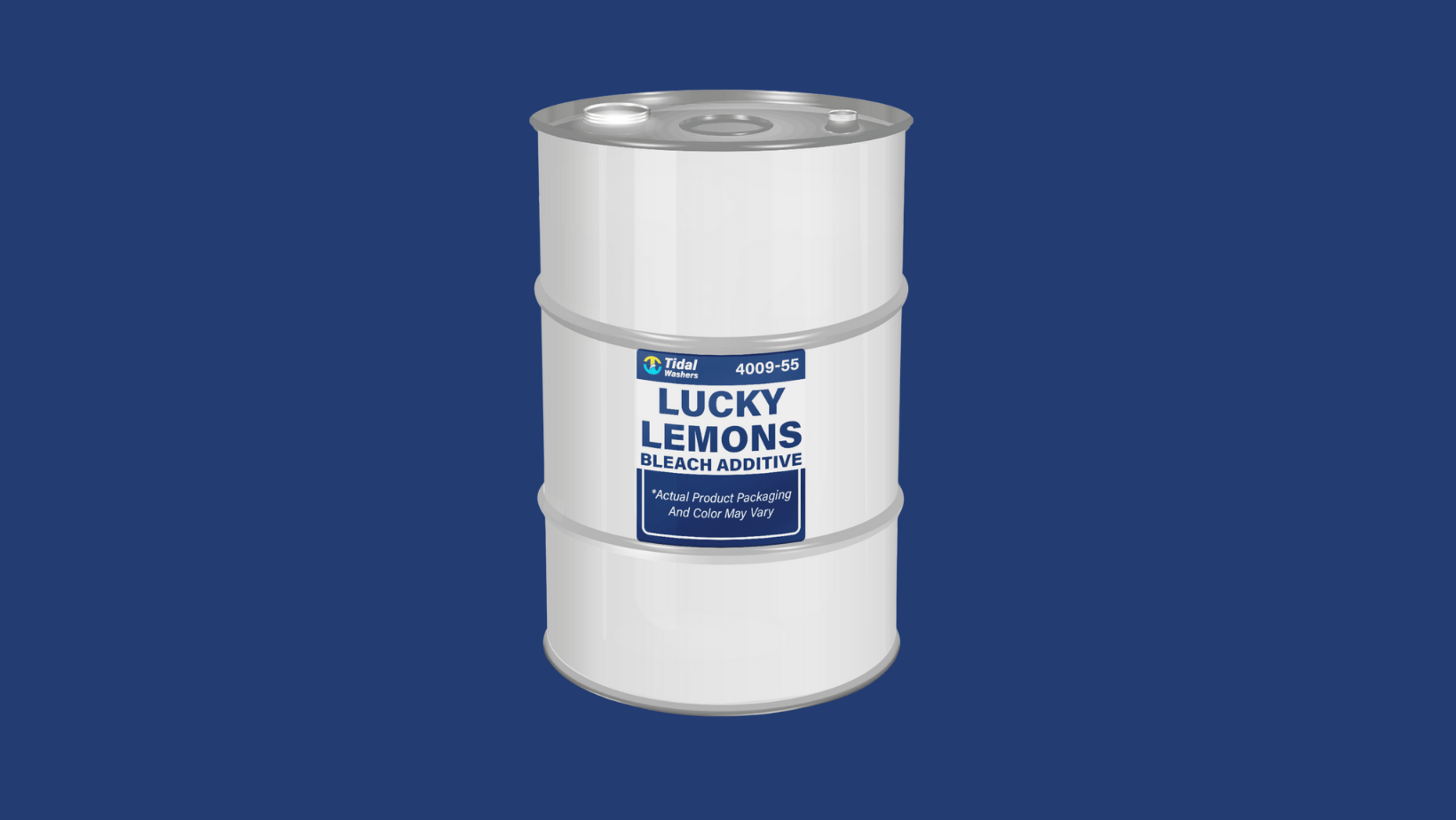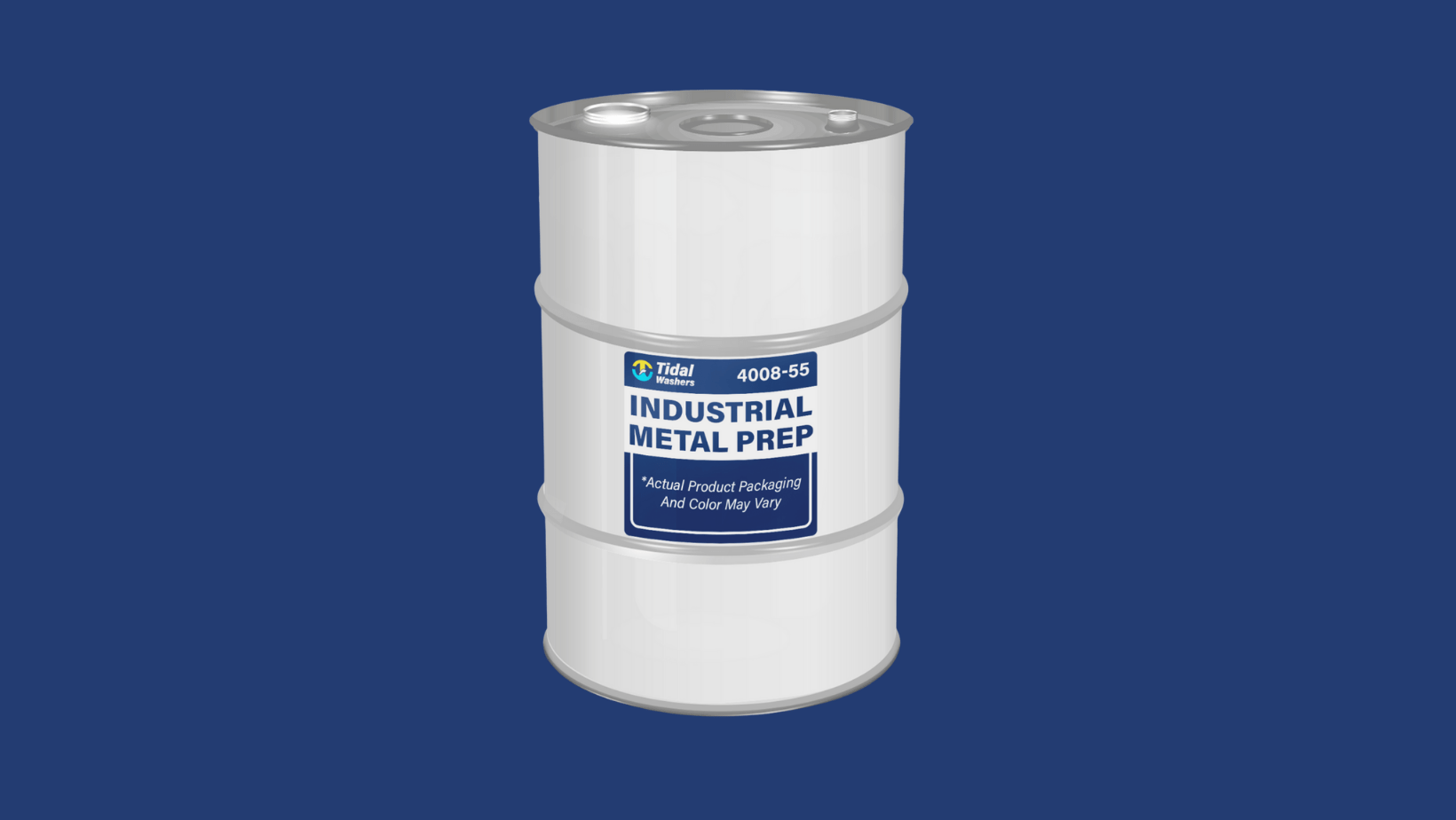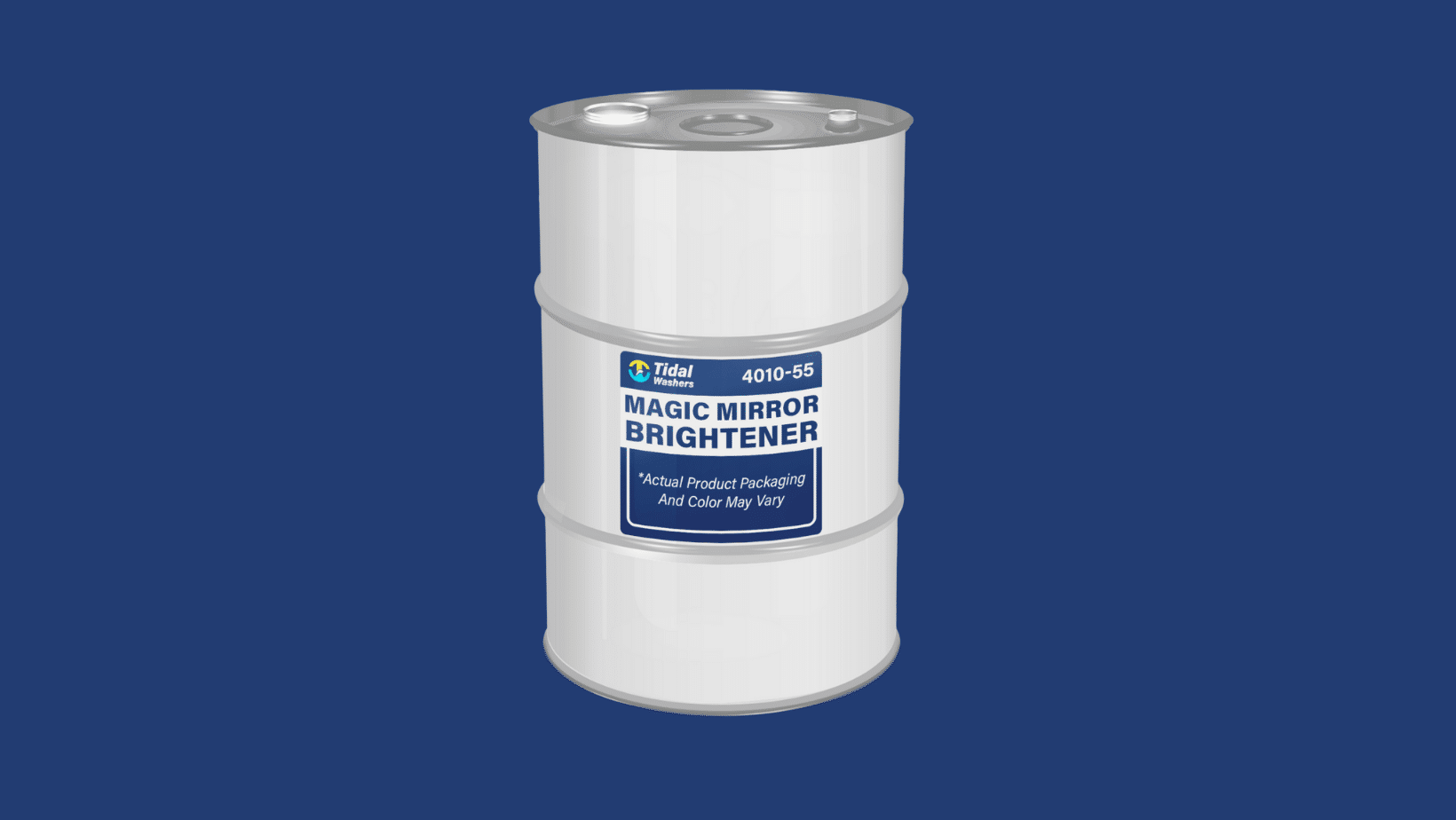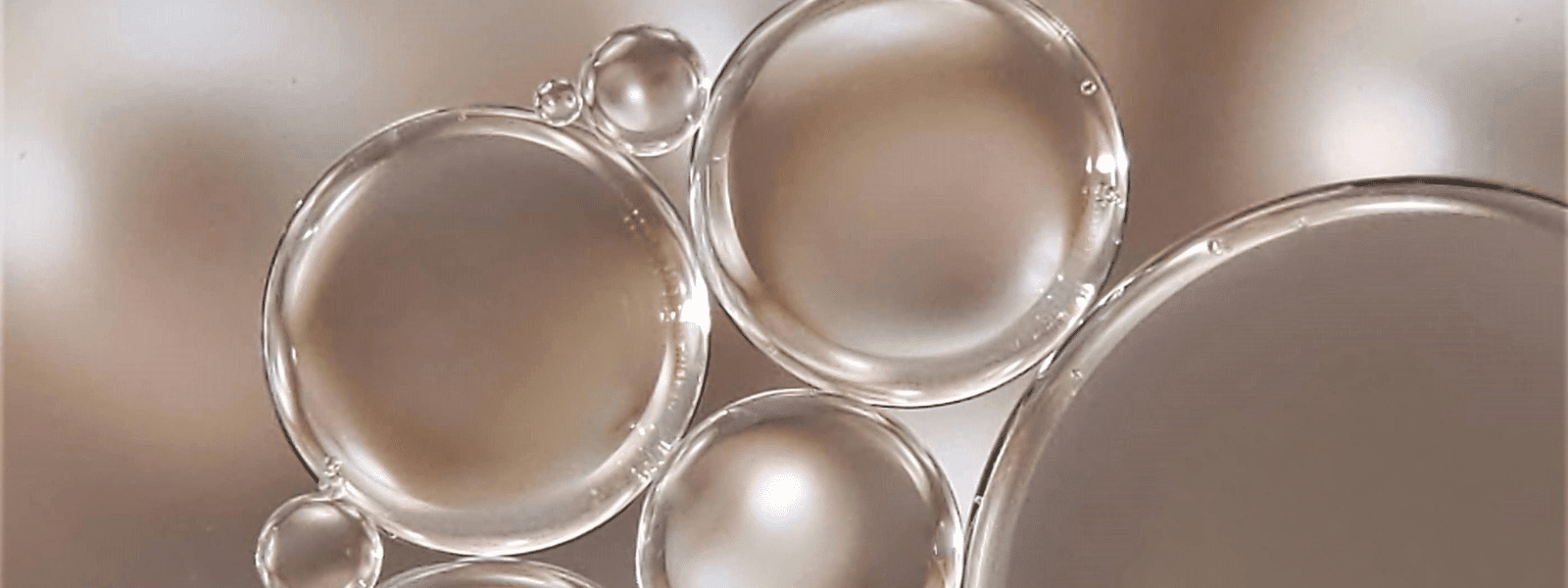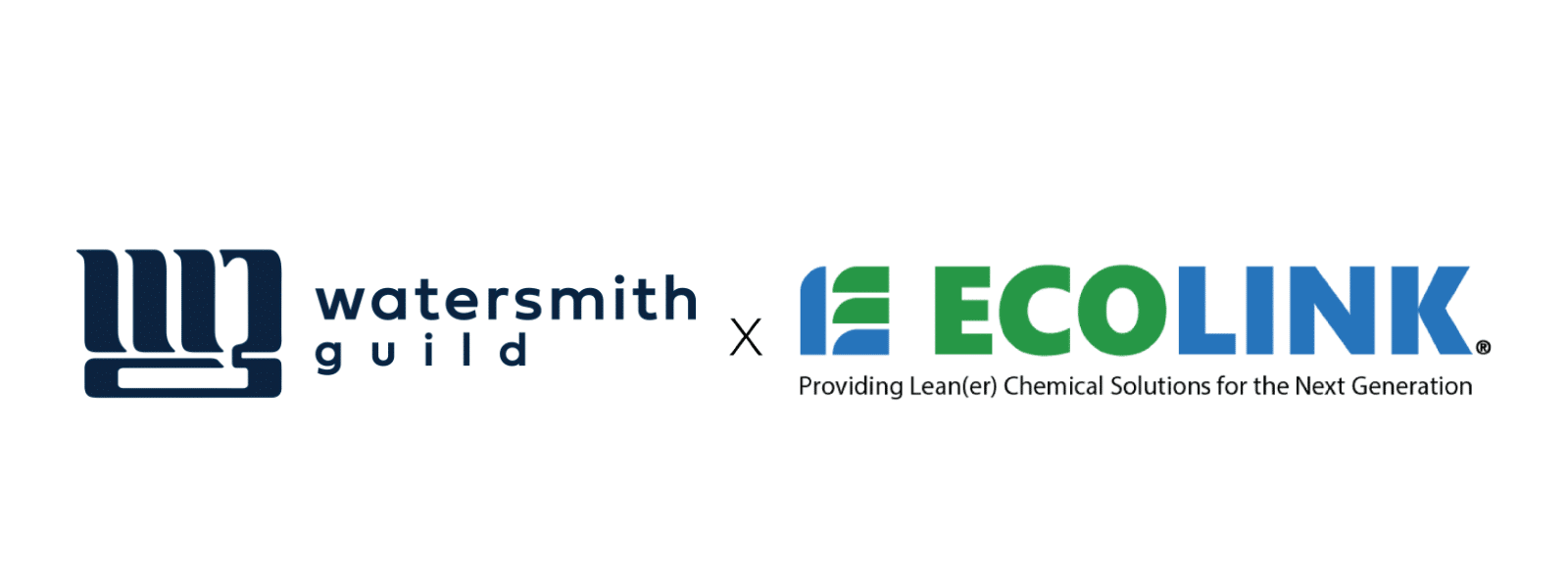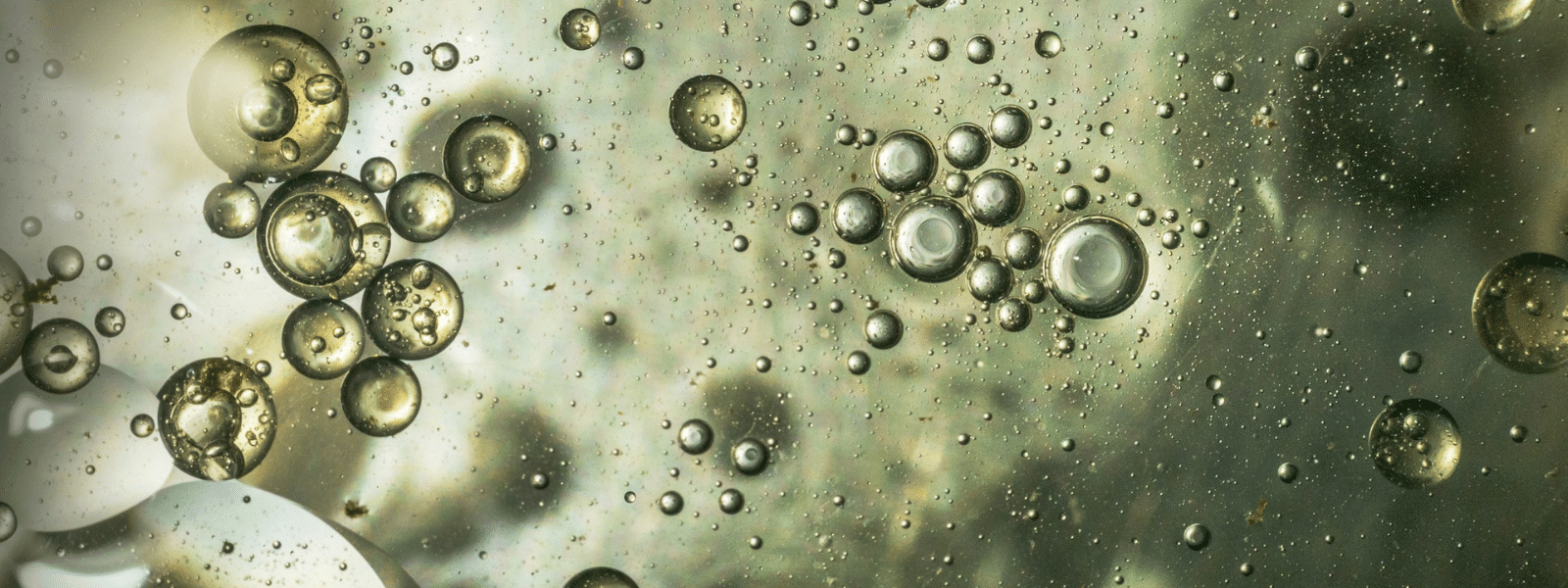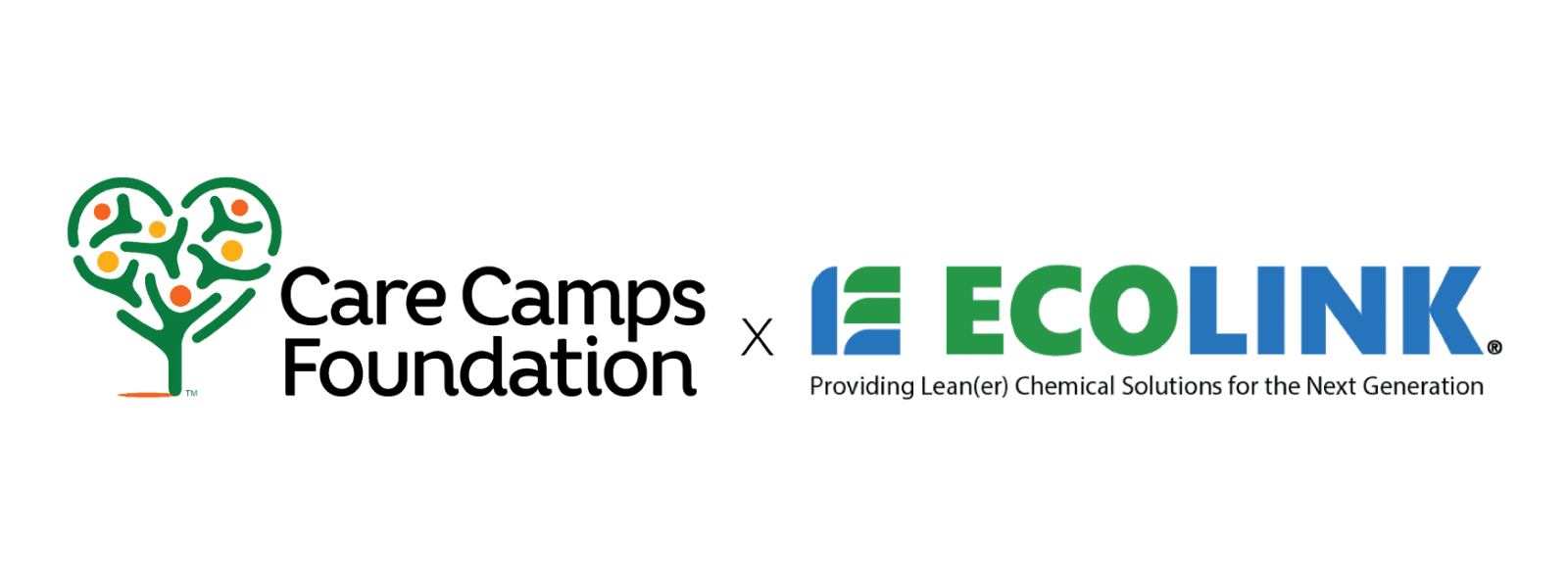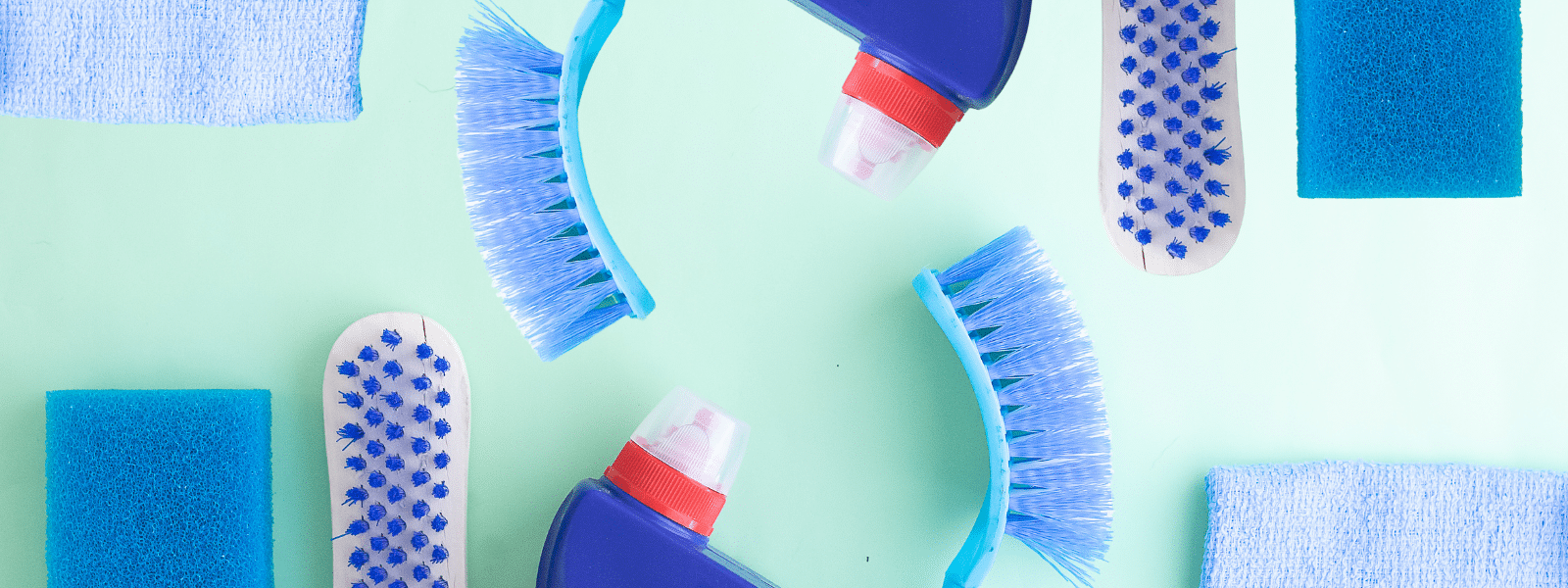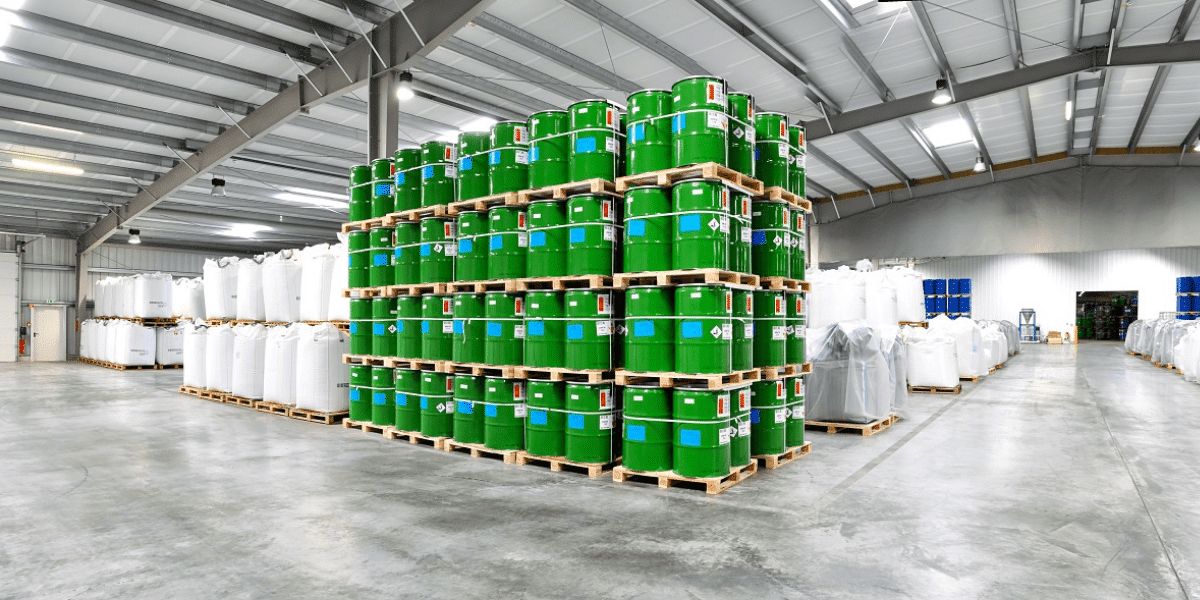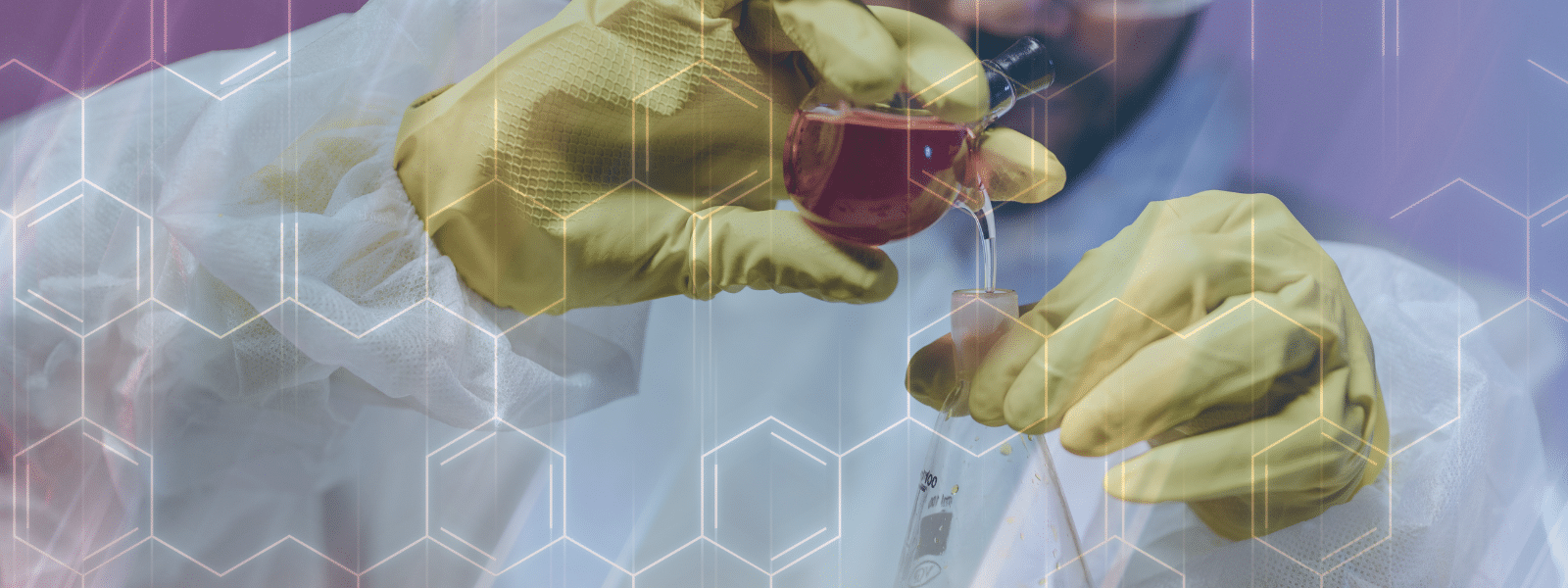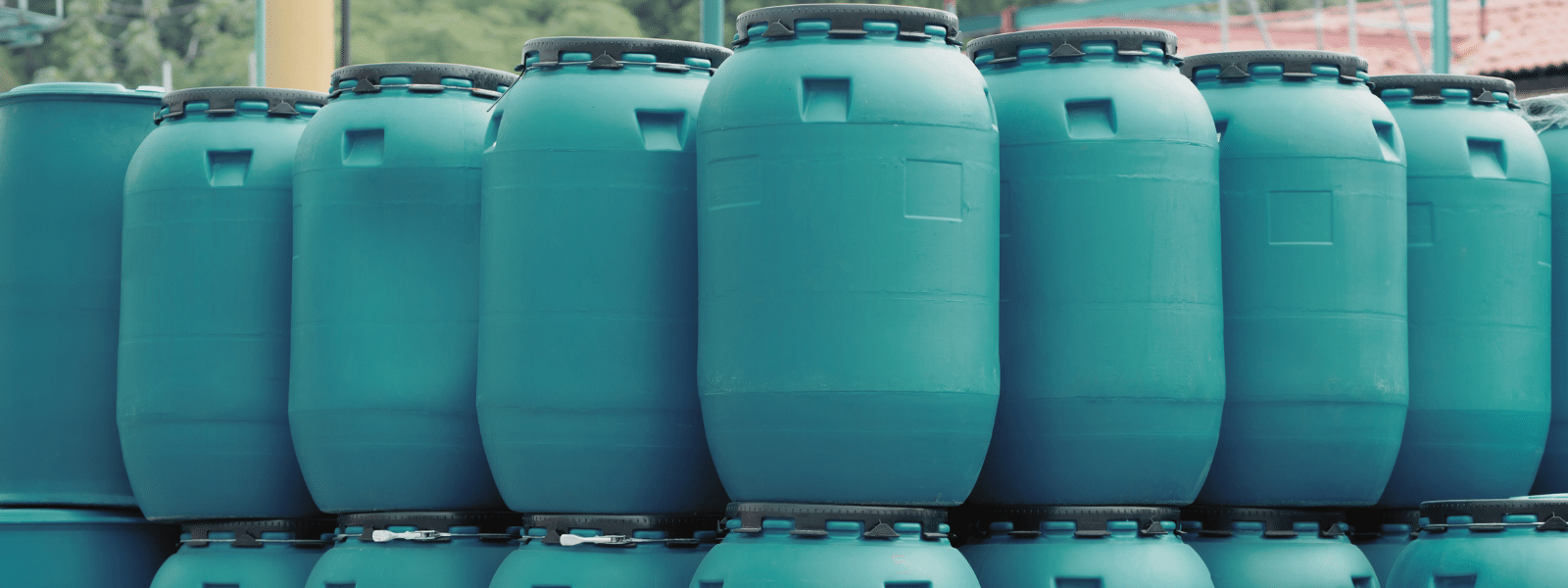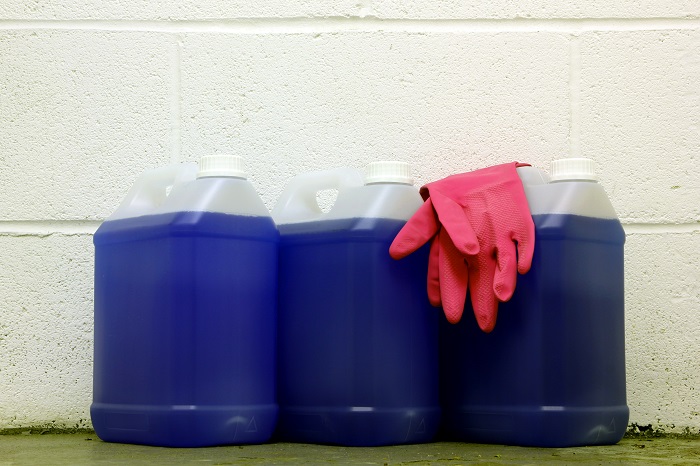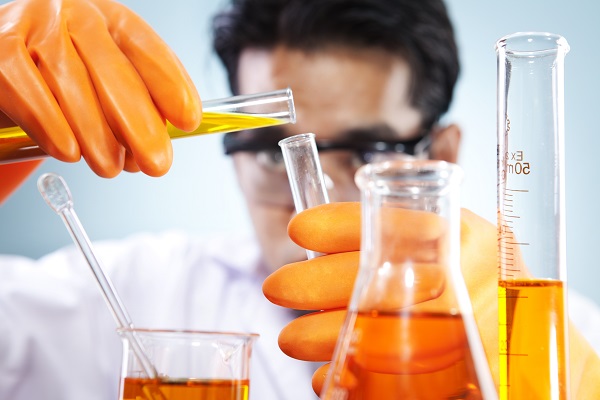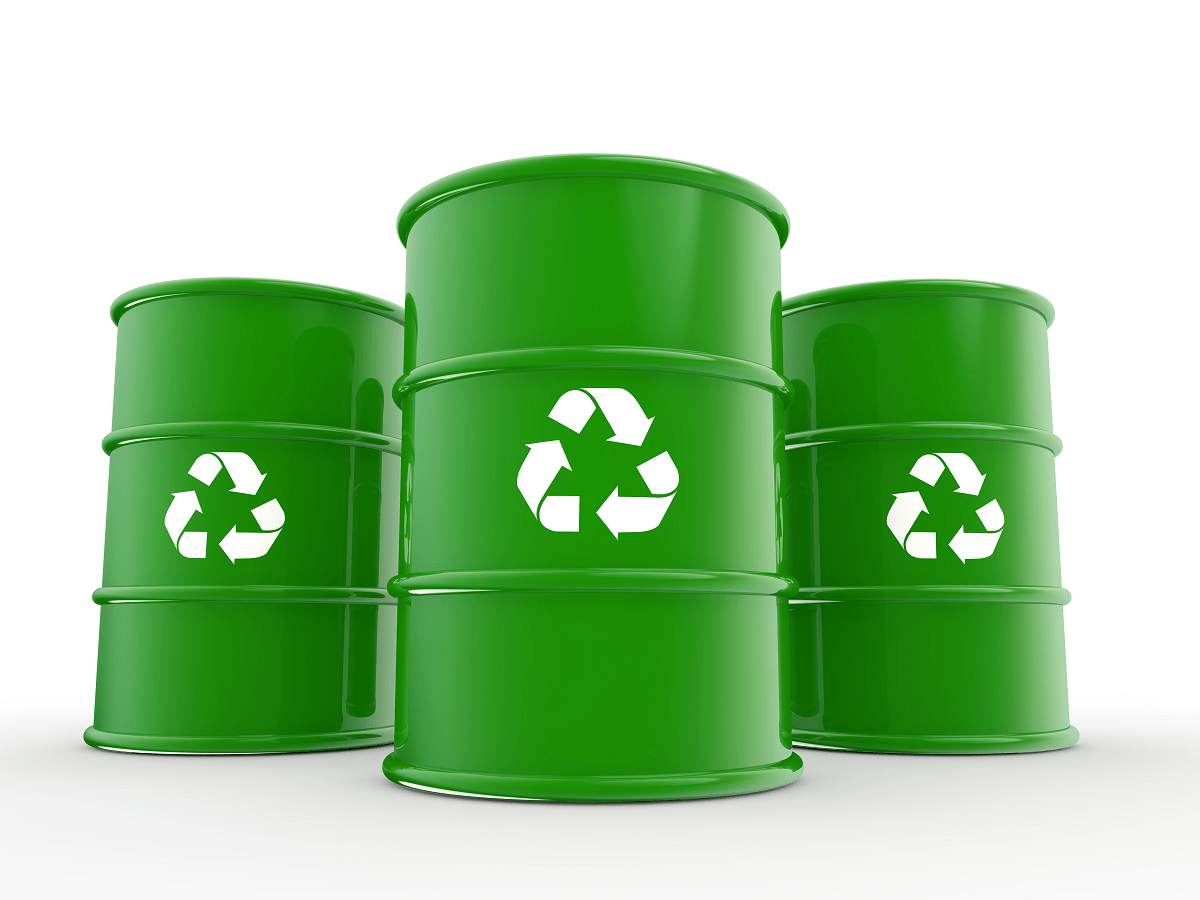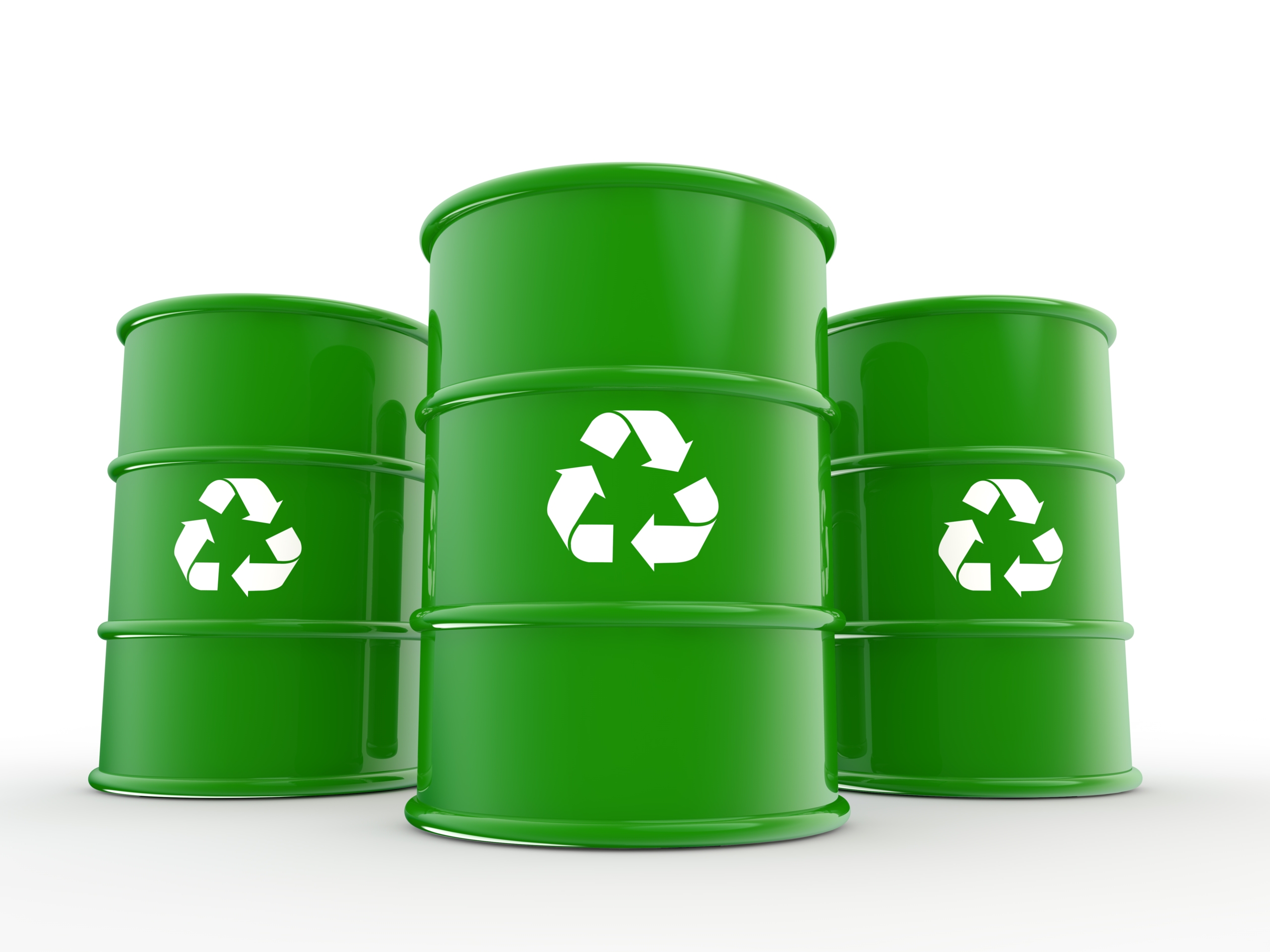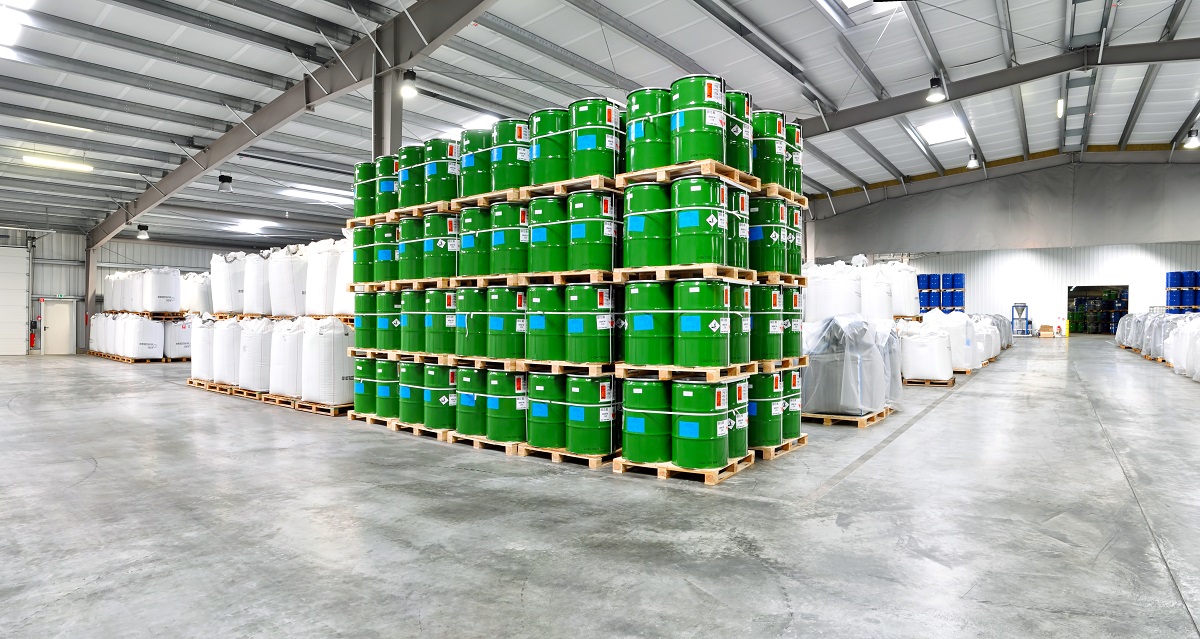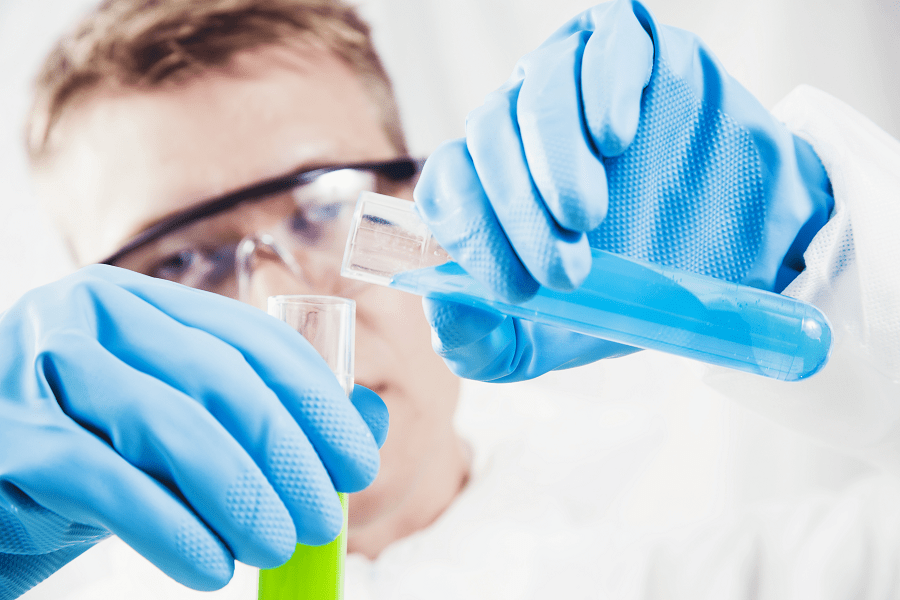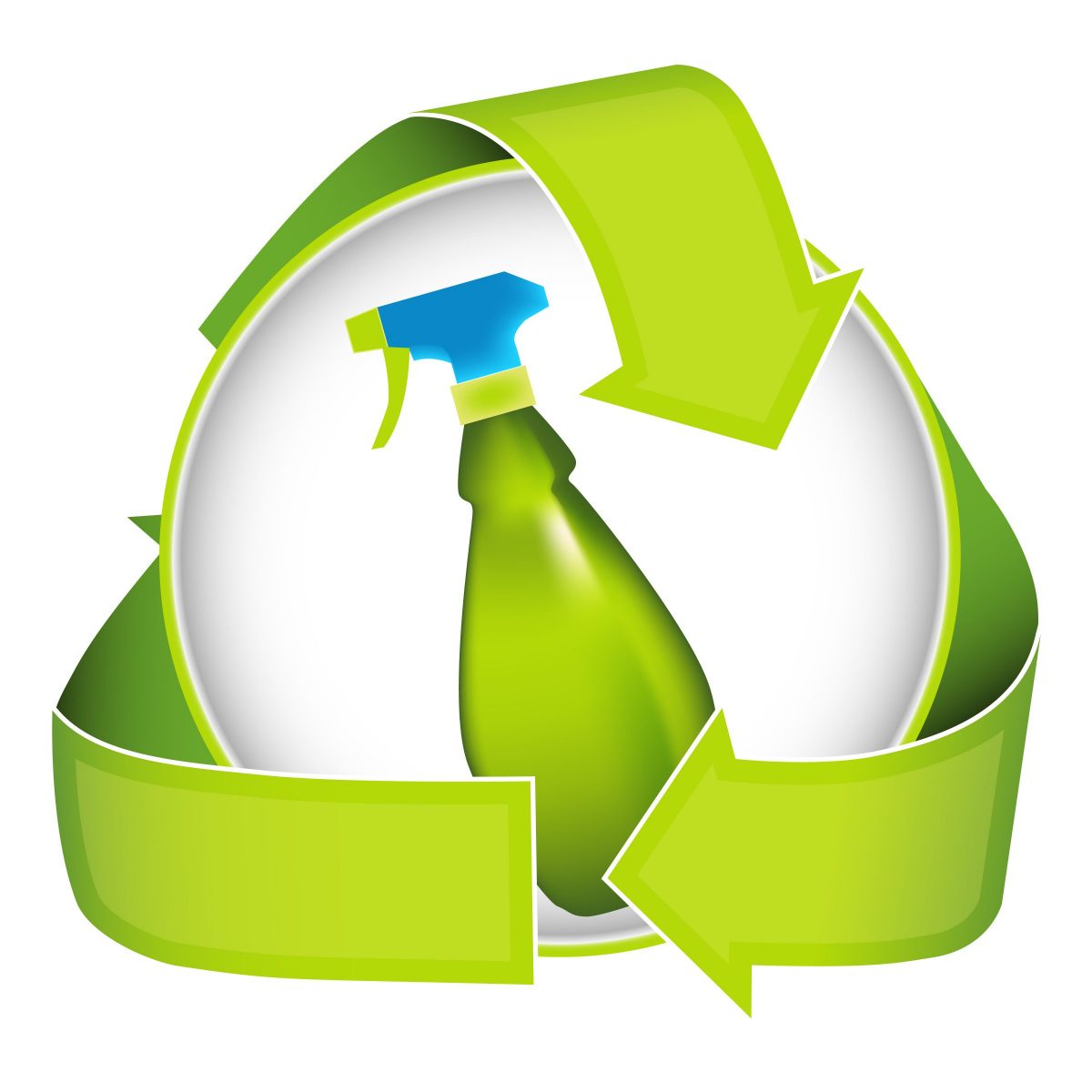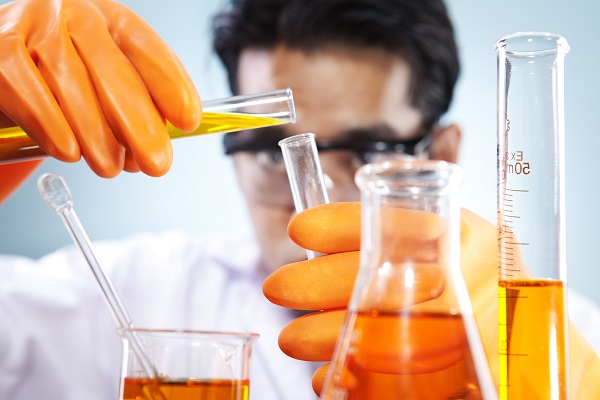Searching for the ideal paint remover for metal can be tedious, as many are notorious for their aggressiveness and toxicity levels. The active...
Blog


CHEMICAL INDUSTRY NEWS
Chemical Chat – Discover What’s New!
The Benefits of Lucky Lemons Bleach Additive
Looking for a Bleach Additive? If you have been searching for an industrial-strength bleach additive, you’ve come to the right place. Lucky Lemons...
The Benefits of Industrial Metal Prep
What Is Industrial Metal Prep? Industrial Metal Prep is a commercial cleaning solution that is primarily made up of phosphoric acid, caustic...
The Benefits of Magic Mirror Brightener
What Is Magic Mirror Brightener? Metal surfaces that were once bright and shiny can become dull over time,...
The Benefits of Lucky Lemons Bleach Additive
Looking for a Bleach Additive? If you have been searching for an industrial-strength bleach additive, you’ve come to...
Company News
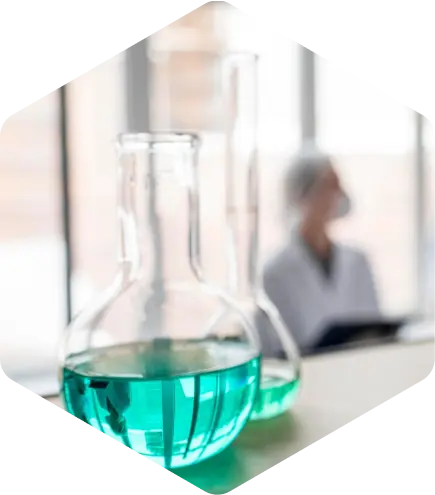
Managed Services
Discover the Latest in Safe and Sustainable Chemical Solutions
Stay informed with Ecolink’s blog! Subscribe now
Chemical Management Information
Stay updated with us
Sign Up for the Latest Updates
Stay informed about chemical supply chain disruptions and emerging innovations to keep your business at the forefront of efficiency and innovation. Uncover new ways to make your business practices more sustainable by incorporating safer products into your cleaning lineup.




